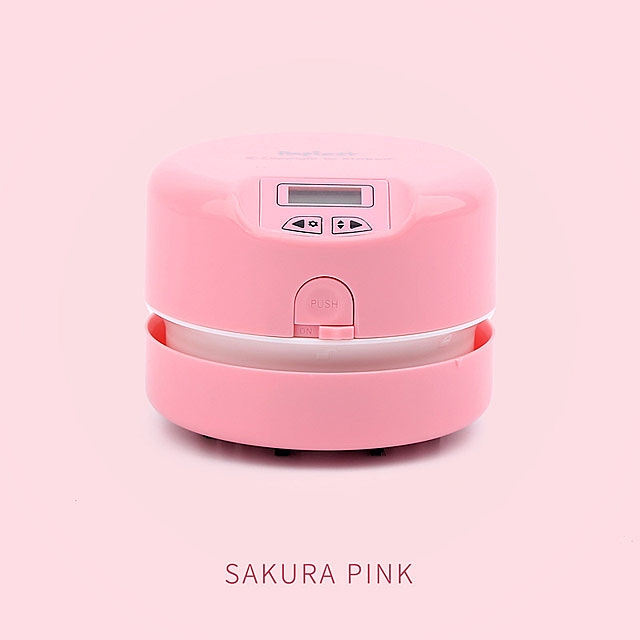

Read the label to make sure it states that EPA has approved the product for effectiveness against influenza A virus.

Rinse with water, and follow with an EPA-registered disinfectant to kill germs. Wash surfaces with a general household cleaner to remove germs. Clean and disinfect correctlyĪlways follow label directions on cleaning products and disinfectants.
Free desktop cleaner best 2016 skin#
These processes can irritate eyes, noses, throats, and skin aggravate asthma and cause other serious side effects.

Special cleaning and disinfecting processes, including wiping down walls and ceilings, frequently using room air deodorizers, and fumigating, are not necessary or recommended. Also, if students and staff are dismissed because the school cannot function normally (e.g., high absenteeism during a flu outbreak), it is not necessary to do extra cleaning and disinfecting.įlu viruses are relatively fragile, so standard cleaning and disinfecting practices are sufficient to remove or kill them. However, it is not necessary to close schools to clean or disinfect every surface in the building to slow the spread of flu. Most studies have shown that the flu virus can live and potentially infect a person for up to 48 hours after being deposited on a surface. It is important to match your cleaning and disinfecting activities to the types of germs you want to remove or kill. Simply do routine cleaning and disinfecting Remove the spill, and then clean and disinfect the surface. If surfaces or objects are soiled with body fluids or blood, use gloves and other standard precautions to avoid coming into contact with the fluid. Immediately clean surfaces and objects that are visibly soiled. Standard procedures often call for disinfecting specific areas of the school, like bathrooms. Some schools may also require daily disinfecting these items. Typically, this means daily sanitizing surfaces and objects that are touched often, such as desks, countertops, doorknobs, computer keyboards, hands-on learning items, faucet handles, phones, and toys. Clean and disinfect surfaces and objects that are touched oftenįollow your school’s standard procedures for routine cleaning and disinfecting. This process works by either cleaning or disinfecting surfaces or objects to lower the risk of spreading infection. Sanitizing lowers the number of germs on surfaces or objects to a safe level, as judged by public health standards or requirements. This process does not necessarily clean dirty surfaces or remove germs, but by killing germs on a surface after cleaning, it can further lower the risk of spreading infection. Disinfecting works by using chemicals to kill germs on surfaces or objects. This process does not necessarily kill germs, but by removing them, it lowers their numbers and the risk of spreading infection.ĭisinfecting kills germs on surfaces or objects. Cleaning works by using soap (or detergent) and water to physically remove germs from surfaces. Know the difference between cleaning, disinfecting, and sanitizingĬleaning removes germs, dirt, and impurities from surfaces or objects.
Free desktop cleaner best 2016 how to#
Below are tips on how to slow the spread of flu specifically through cleaning and disinfecting. Other measures include staying home when sick, covering coughs and sneezes, and washing hands often. To help slow the spread of influenza (flu), the first line of defense is getting vaccinated. Refer to the COVID-19 website for updated guidance on this topic.Ĭleaning and disinfecting are part of a broad approach to preventing infectious diseases in schools. Note: Guidance for cleaning and disinfecting schools may have been updated for the COVID-19 pandemic.


 0 kommentar(er)
0 kommentar(er)
